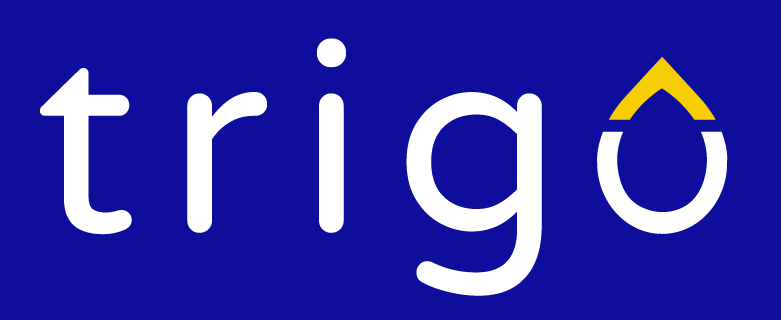Trigo Solar features and benefits
Trigo Solar brings the best of two worlds: It provides cost-effective state-of-the-art photo-voltaic system with comparable yield and cost of energy to traditional modern solar systems, while at the same time it improves crop yield and profitability of the farmer. Below is an overview of the unique features and benefits of our Trigo solution
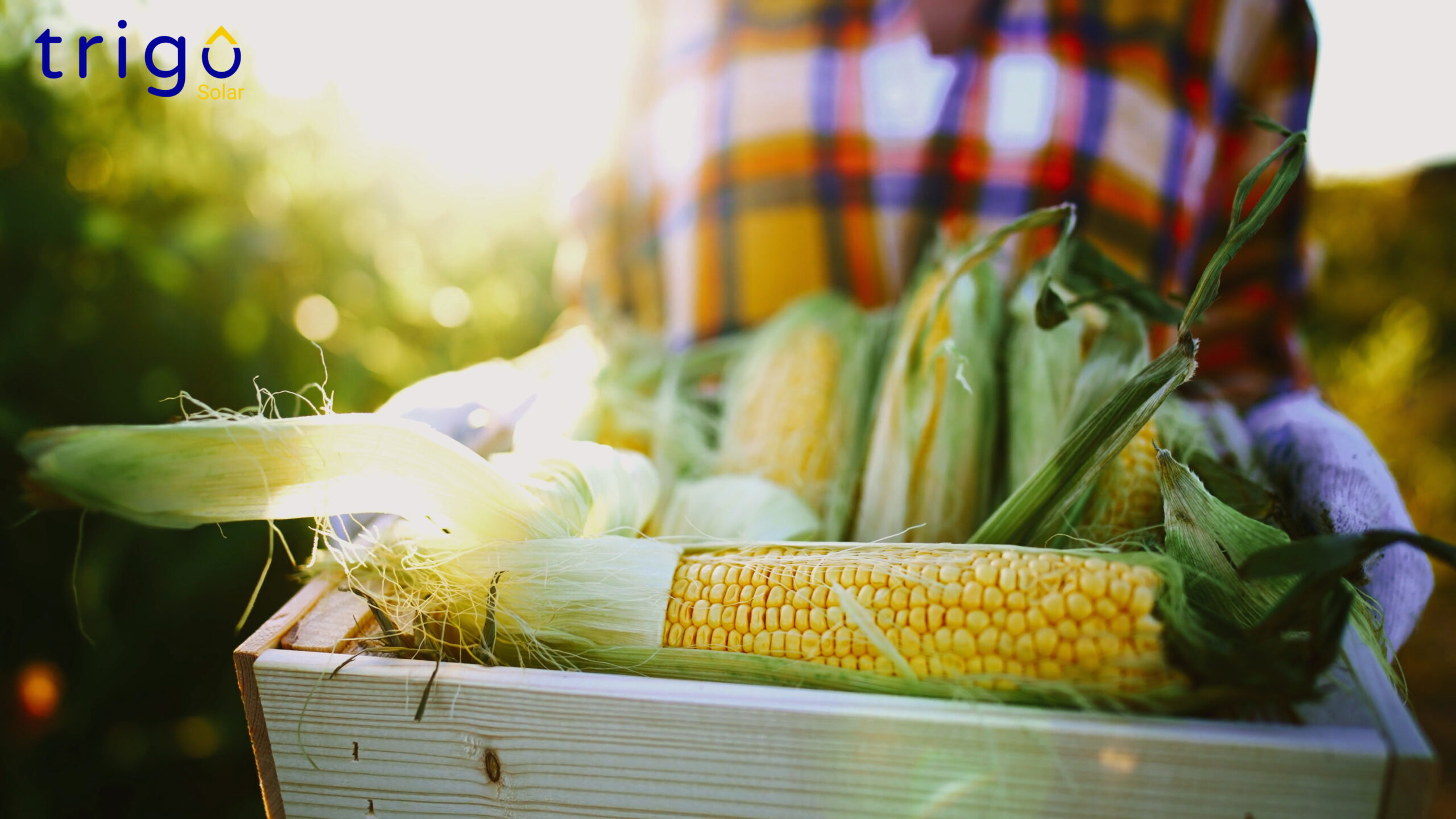
Climate changes and the increase in population lead to decrease in available arable land and to scarcity of fresh water. Simultaneous use of the land both for energy generation and food production solves our most pressing challenges:
We believe that the greatest potential lies in rain fed crops for the main following reasons
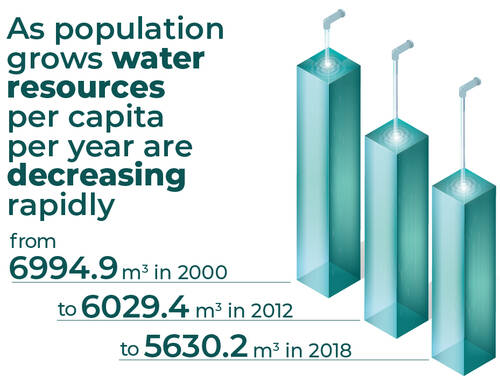

The yield of rain-fed crops is proportional to the amount of precipitation. We divert rainwater from area with the solar panels to the crops, thus increasing the amount of effective precipitation per cultivated area, and maintaining total yield.
Solar structures are installed from north to south, creating strips of crops. The ratio between solar and crops depends on the climate, and is typically 40% solar and 60% crops.
Rain water from the solar structure are diverted to the crop, effectively increasing precipitation by 65%.
Initial field results demonstrate that the increase in effective precipitation leads to similar increase in yield. That means that Trigo Solar method preserve nearly the same total yield, while still using 40% of the area for harvesting solar energy.
With Trigo Solar, the farmer has to cultivate only part of the area for the same yield. That means that Trigo reduces farmers’ expenses: less seeds to buy, less pestesizers to use, less tractors to operate, and less fertilizers.
Trigo Solar can potentially improves the quality of the crops. field trial demonstrate improvement in wheat quality: higher protein content, higher hectoliter and grain weight. That often means that Trigo can increase farmer's income per kg, as higher quality grains sell for better price.
In addition, the farmer can now generate additional income from energy generation.

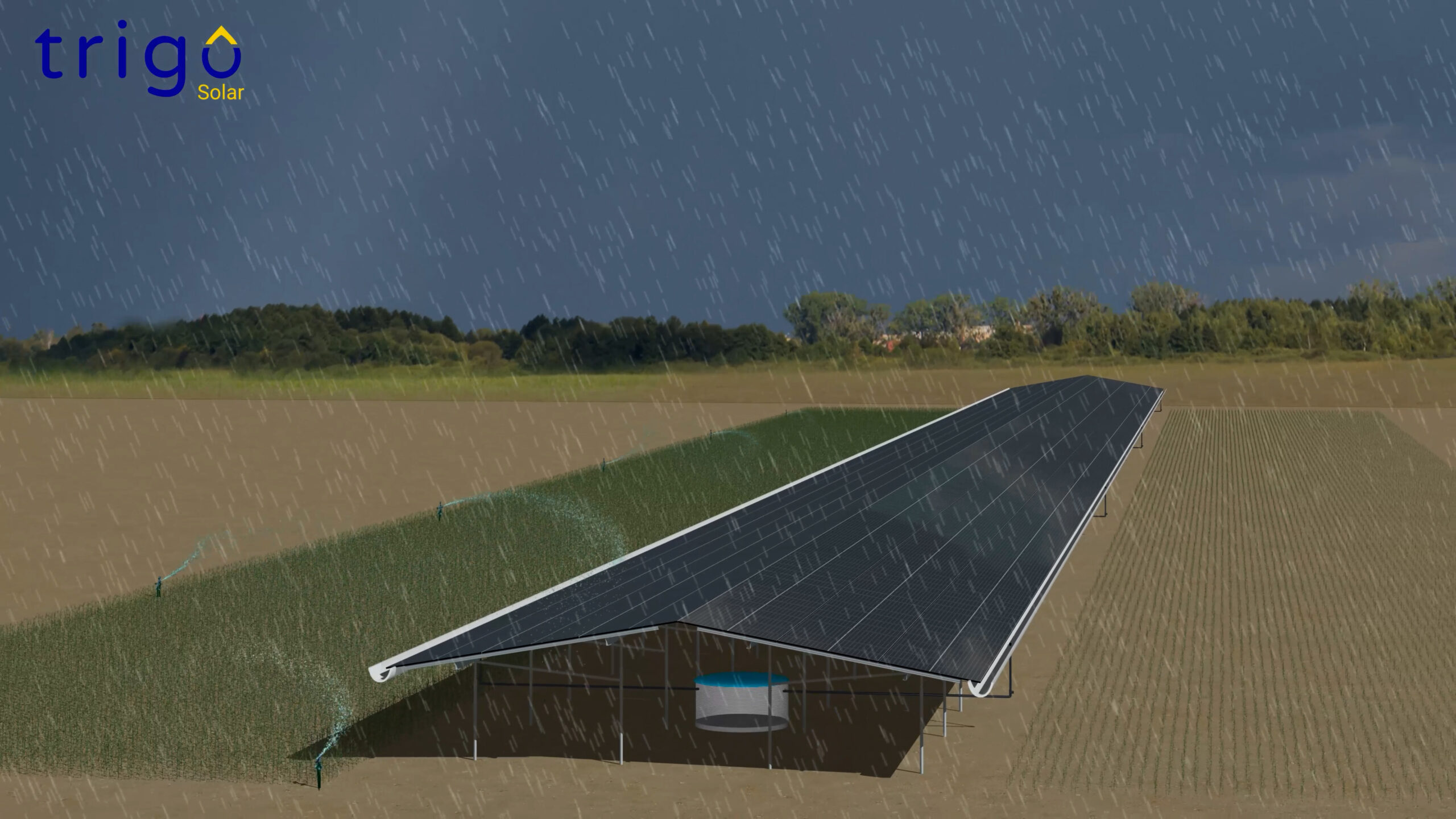
The effective increase in precipitation provides the crops with drought-Shield. With Trigo Solar method, even in years of severe droughts, crops will get effective precipitation well above the drought level..
For example, if in a certain year we have seasonal precipitation of 200 mm (~8" rain), most crops will be water-stressed and will not develop properly for grains.
However, with Trigo Solar, and assuming coverage ratio of 60% crops and 40% solar, the crops will receive 330 mm, well above the drought levels, and the plant will develop well. (200 mm * 100% / 60% = 330 mm)
One of the many benefits of Trigo Solar is the built-in water distribution system. We diverts and distribute rainwater using an independent sprinkler system that includes powerful pumps and long-range sprinklers.
The built-in irrigation system can be used for supplemental irrigation during the wet season, and for additional dropping season during the dry season
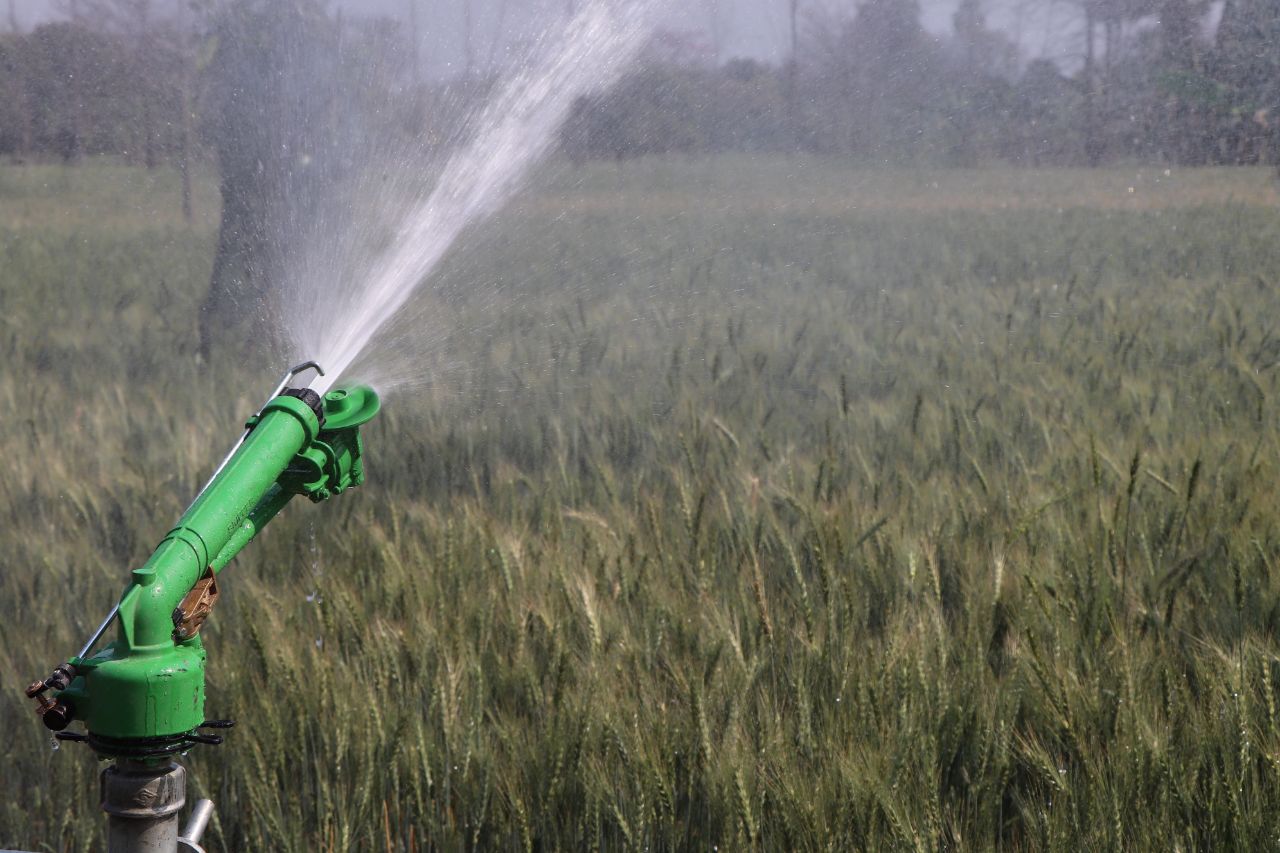
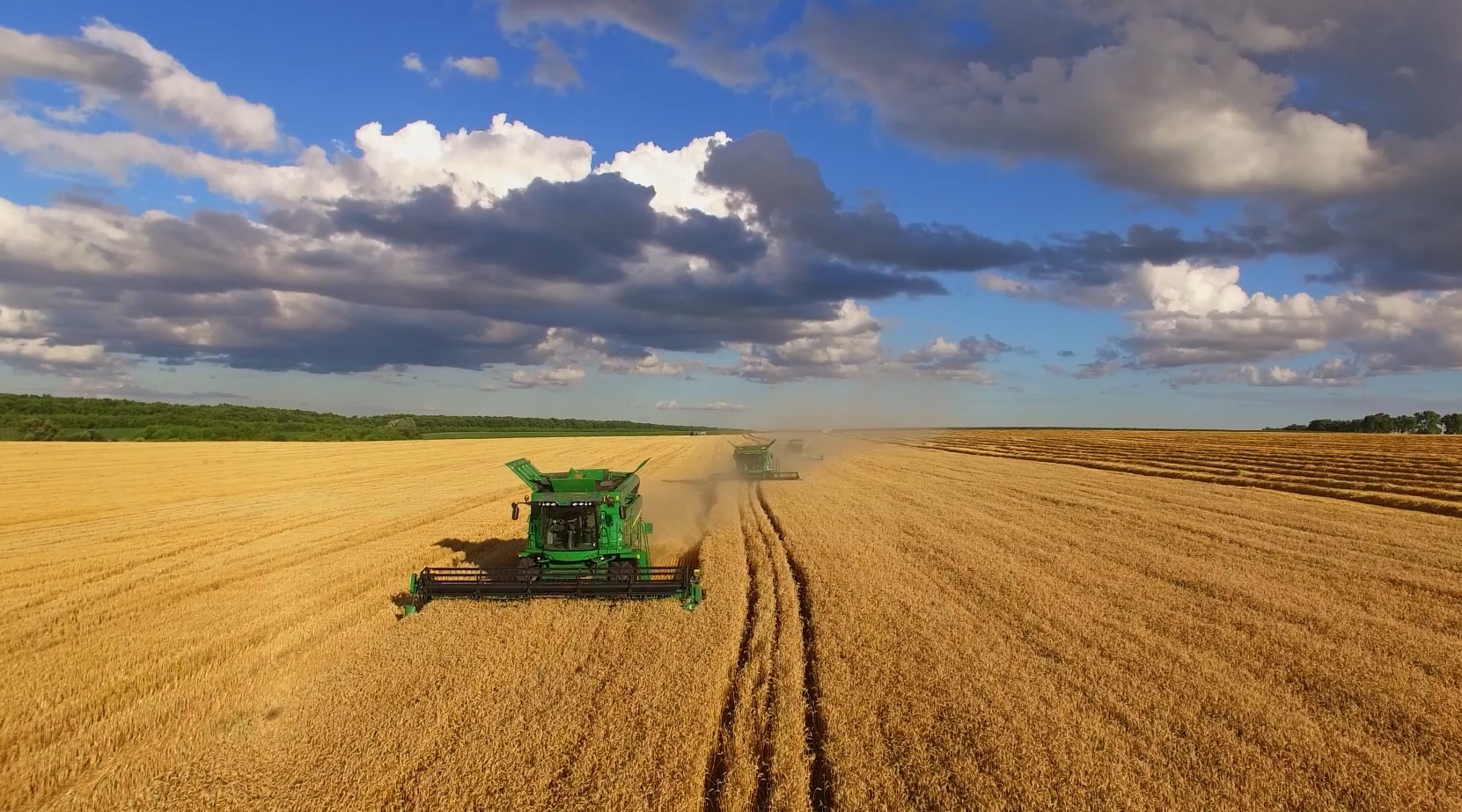
Trigo Solar
solution can be deployed with different crops, and different strip width. Thus,
farmers can maintain the same methods and machinery.
For example, in the case that the machinery width is 8 meters, crop strips can be 16 or 24 meters wide. In the case the machinery is 9 meter wide, strips can be 18 or 27 meters wide.
Similarly, if average precipitation is low, the design will be based on higher ratio between solar and crop.
